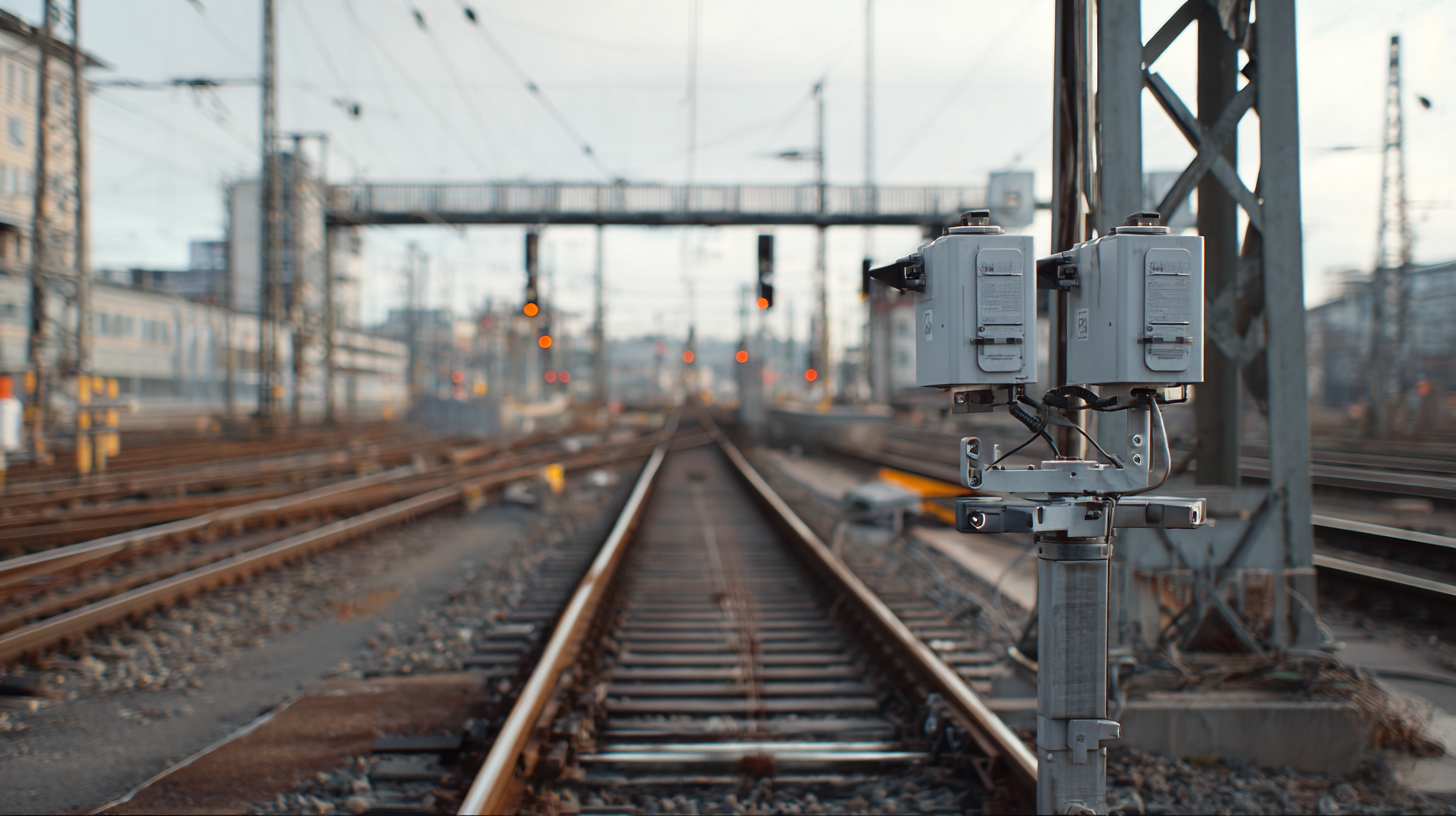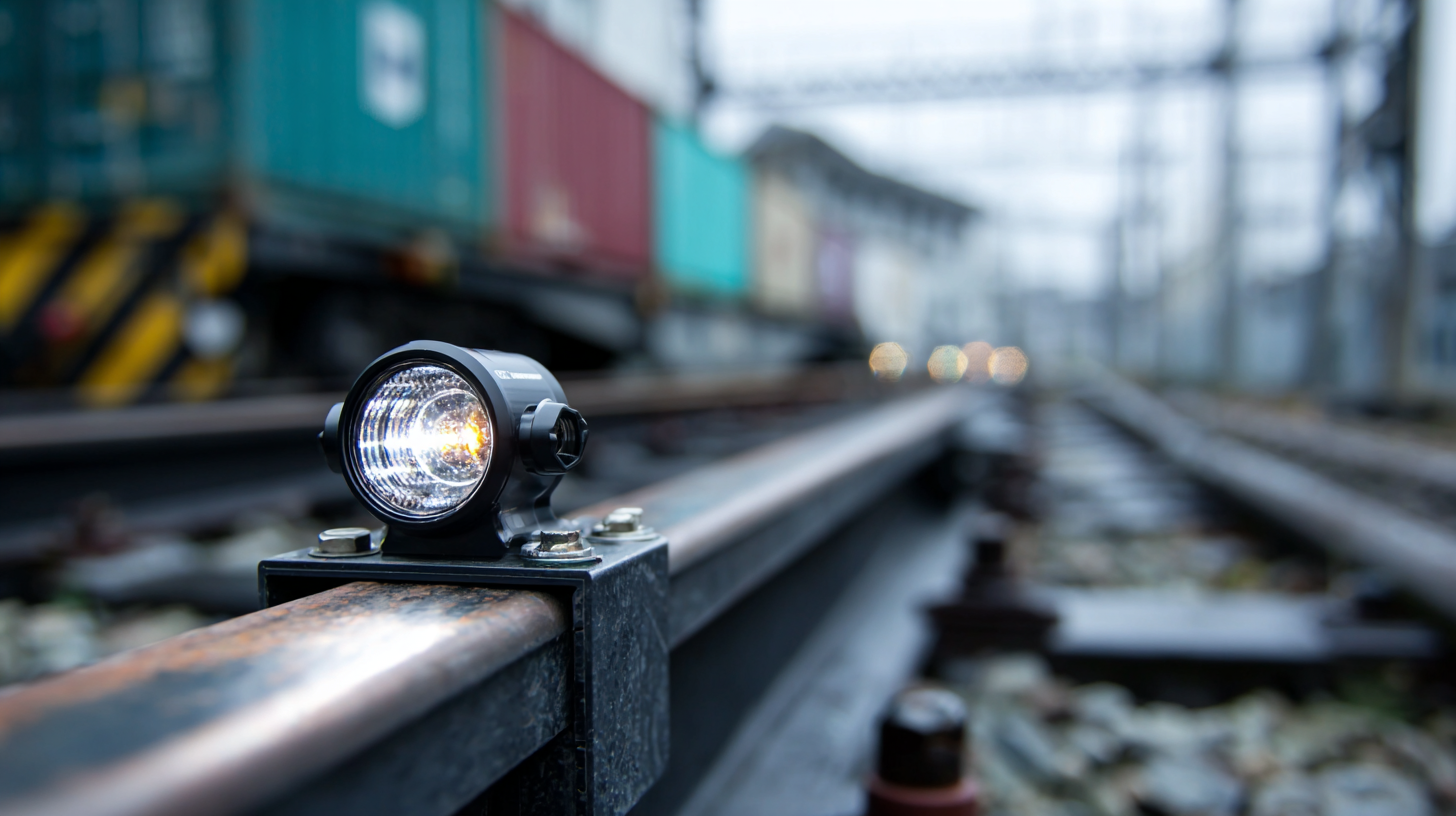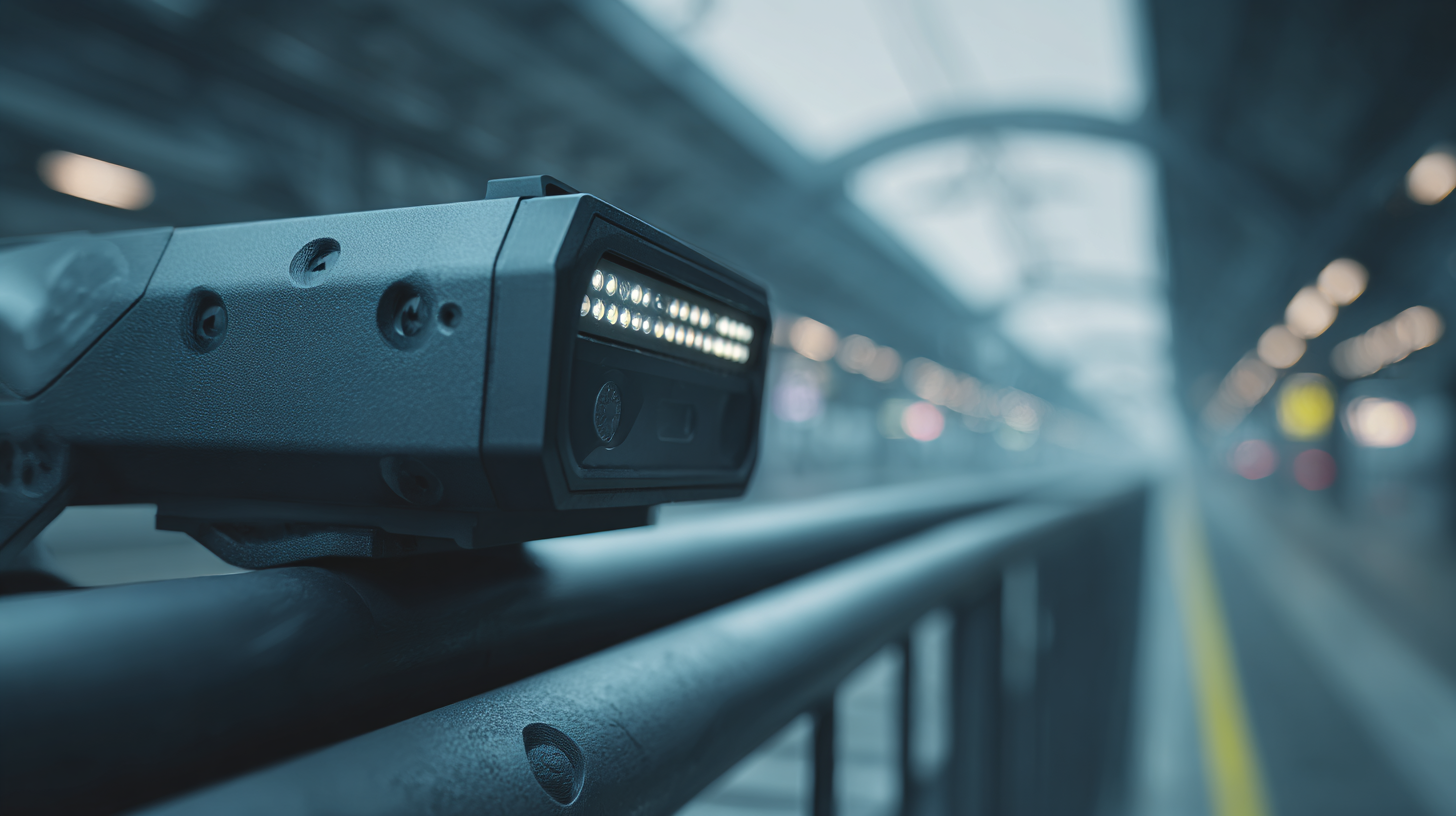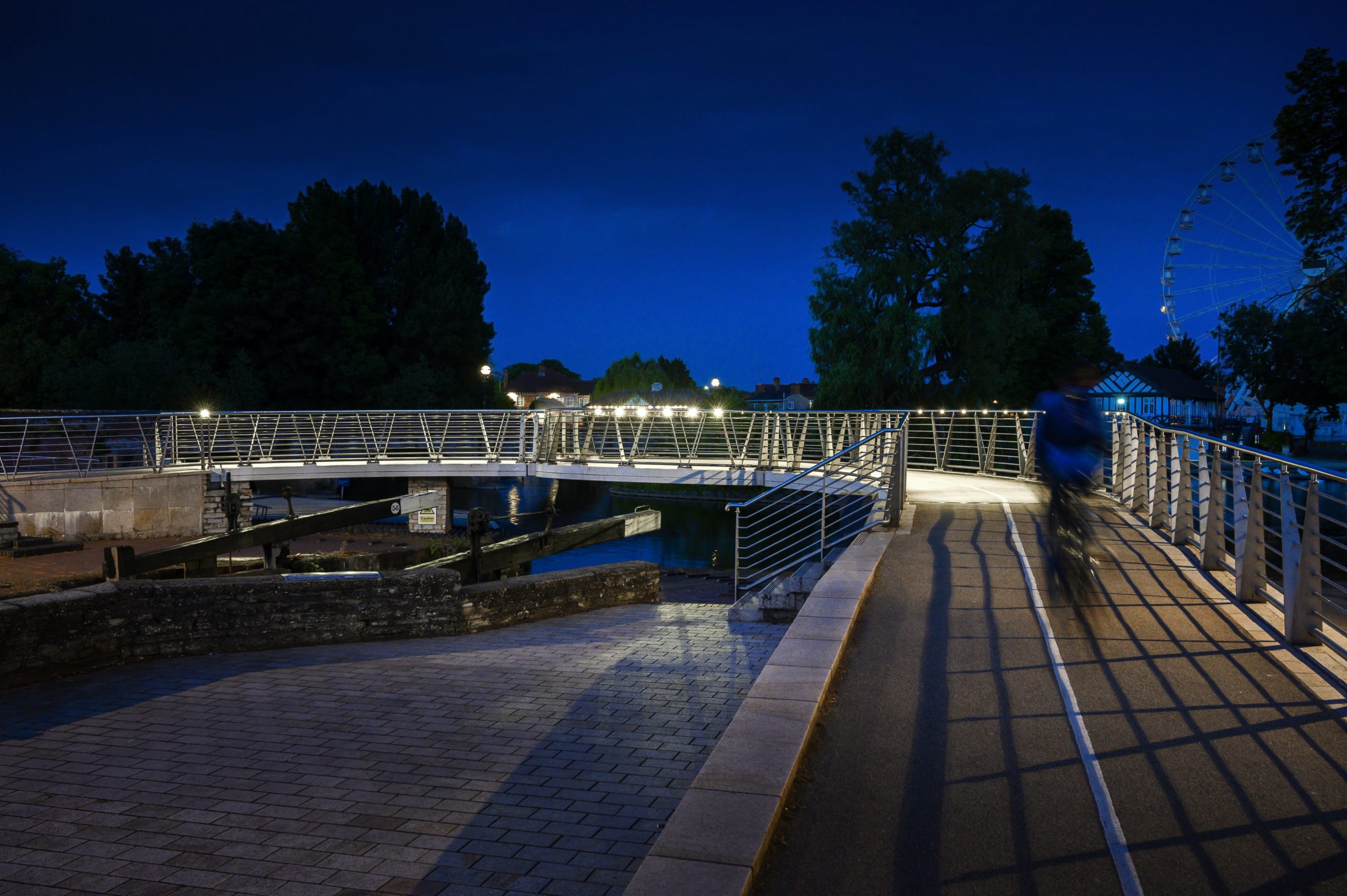Solutions for Enhancing Safety and Efficiency with the Best Rail Light Technology
As the global railway industry seeks to improve safety and operational efficiency, the adoption of advanced rail light technology is increasingly becoming a focal point. According to a recent report by the International Railway Association, nearly 60% of rail incidents are attributed to inadequate lighting, highlighting the urgent need for innovative solutions. Effective rail light systems not only enhance visibility for operators and passengers but also play a crucial role in reducing accidents and improving overall service reliability. By comparing various rail light technologies—such as LED, halogen, and fluorescent options—stakeholders can make informed decisions that align with their safety and efficiency goals. This blog will explore the latest developments in rail light technology, providing insights into their advantages and applications within the railway sector.

Innovative Rail Light Technologies for Increased Safety Standards
In the realm of rail transportation, safety and efficiency are paramount. Innovative rail light technologies have emerged as crucial components in bolstering safety standards across the industry. With advancements in LED technology, rail systems can now implement brighter, more energy-efficient lighting that enhances visibility for both operators and passengers. These modern lights not only illuminate tracks and platforms but also incorporate smart features that adjust brightness according to environmental conditions, significantly reducing the risk of accidents.
Moreover, the integration of smart lighting solutions goes beyond mere illumination. Sophisticated sensor technology enables real-time monitoring of lighting conditions, ensuring optimal performance at all times. These systems can detect the presence of trains, adjusting light intensity to improve visibility during critical moments. Furthermore, with the implementation of predictive maintenance capabilities, rail operators can anticipate potential failures before they occur, thus minimizing downtime and enhancing operational efficiency. Embracing these innovative rail light technologies not only fulfills regulatory safety requirements but also fosters a safer, more reliable transportation environment.
Enhanced Safety and Efficiency in Rail Systems Using Innovative Rail Light Technologies
The following chart illustrates the impact of different rail light technologies on safety standards and operational efficiency in rail systems.
Improving Operational Efficiency with Advanced Lighting Solutions
Advancements in rail light technology have shown a significant impact on operational efficiency within the railway industry. According to the International Union of Railways (UIC), effective lighting systems can reduce accidents and enhance visibility, leading to improved safety measures. In environments where visibility is critical, such as train stations and along tracks, deploying modern LED lighting solutions has been a game-changer. Reports indicate that switching to LED systems can lead to a 50-70% reduction in energy consumption, consequently lowering operational costs for railway companies.
Moreover, the implementation of smart lighting solutions that adapt to environmental conditions has gained traction. A report by the Rail Safety and Standards Board (RSSB) highlights that integrating IoT technology with railway lighting can enhance responsiveness to adverse weather, further preventing accidents and improving overall operational flow. With an increasing focus on sustainability, the railway industry is leveraging these advanced lighting solutions not only to enhance safety but also to align with energy efficiency goals. In fact, the transition to advanced lighting systems is projected to cut down greenhouse gas emissions by up to 30% in the rail sector, paving the way for a greener future.
The Impact of High-Quality Rail Lighting on Global Transport Systems
High-quality rail lighting is critical in enhancing safety and efficiency within global transport systems. According to a report by the International Union of Railways (UIC), effective lighting can reduce accidents in railway operations by up to 30%. Increased visibility not only aids train operators in detecting obstacles on the tracks but also ensures that platforms and surrounding areas are well-lit, minimizing the risk of accidents involving passengers during boarding and alighting.
Moreover, advancements in rail lighting technology, such as LED systems, have proven to be game-changers in energy efficiency. A study conducted by the European Commission revealed that switching to LED lighting in rail environments can lead to a reduction in energy consumption by approximately 70%. This is significant for rail companies aiming to lessen their carbon footprint while maintaining operational performance. The implementation of high-quality lighting systems not only enhances passenger safety but also supports sustainable transport initiatives by contributing to overall energy savings and reduced operating costs.
Case Studies: Successful Implementations of Rail Light Technology
The integration of advanced rail light technology has shown remarkable results in enhancing both safety and efficiency within the railway industry. A recent report by the International Association of Railway Safety Management highlights that the implementation of LED lighting systems in train stations can reduce accidents by up to 30%. One prominent case study involves the modernization of the Chicago Transit Authority’s lighting systems, where the transition to energy-efficient lighting not only improved visibility but also resulted in a 25% decrease in nighttime incidents.

Furthermore, a study by the European Railway Agency reveals that rail networks utilizing smart lighting solutions have experienced an increase in passenger satisfaction rates by approximately 15%. In the case of the London Underground, the introduction of adaptive lighting systems that adjust based on real-time passenger flows has led to a 20% reduction in energy costs, showcasing the dual benefits of safety enhancement and operational efficiency. These successful implementations demonstrate the transformative potential of rail light technology, paving the way for safer and more efficient rail transport globally.
Future Trends in Rail Lighting: Sustainability and Smart Solutions
In the ever-evolving landscape of rail transport, the integration of sustainable and smart lighting solutions is becoming increasingly crucial. Future trends in rail lighting focus on enhancing safety and operational efficiency while reducing environmental impact. Technologies such as LED lighting not only offer longer lifespans and lower energy consumption but also allow for customizable brightness levels that improve visibility during nighttime operations. This adaptability ensures that safety is never compromised, regardless of the conditions.

Moreover, the implementation of smart lighting systems is revolutionizing the way rail networks operate. These systems utilize sensors and IoT technology to adjust lighting based on real-time conditions, such as passenger flow and weather changes. By optimizing illumination dynamically, rail operators can significantly lower energy costs while enhancing the overall passenger experience. The anticipated shift towards greener technologies in rail lighting not only aligns with global sustainability goals but also demonstrates a commitment to innovation in public transport safety and efficiency. As these trends continue to develop, we can expect a brighter and more secure future for rail transportation.





